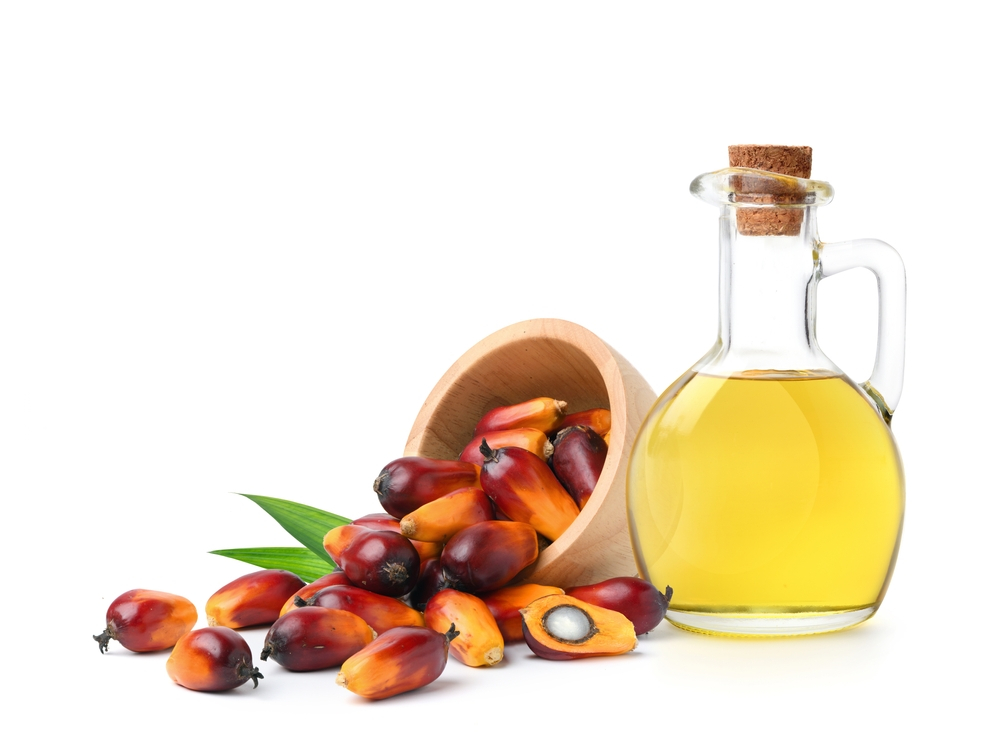In the intricate world of commodities, palm oil plays a significant role as a versatile and widely used vegetable oil. As a critical component in the food, cosmetic, and biofuel industries, palm oil’s price dynamics have far-reaching implications for various sectors. This article explores the trends in palm oil prices, the importance of live commodity prices, and the transformative role of PriceVision in forecasting and managing commodity prices.
The Versatility of Palm Oil
Palm oil is often referred to as “the world’s most widely used edible oil.” Its versatility spans various industries, making it an indispensable commodity:
- Food Industry: Palm oil is a primary ingredient in countless food products, including cooking oil, snacks, baked goods, and processed foods. Its low cost and high melting point make it a popular choice in food manufacturing.
- Cosmetics and Personal Care: Palm oil and its derivatives are used in skincare, haircare, and personal care products. Its properties contribute to the texture and consistency of creams, lotions, and cosmetics.
- Biofuels: As an essential feedstock for biodiesel production, palm oil has gained significance in the renewable energy sector. The sustainability and environmental impact of palm oil production are critical factors in the biofuel industry.
- Industrial Uses: Beyond food, cosmetics, and biofuels, palm oil is used in various industrial applications, including as a lubricant in machinery and as an ingredient in soap and candles.
Palm Oil Prices: A Key Indicator in the Commodity Market
Palm oil prices are subject to a range of factors, both environmental and economic, which influence its supply and demand dynamics. The fluctuations in palm oil prices can have profound effects on different industries. Here’s why monitoring palm oil prices is essential:
- Cost Management: The palm oil price directly impacts the cost structures of businesses in various industries. For instance, the food industry is sensitive to changes in palm oil prices due to its widespread use in food products.
- Supply Chain Optimization: Understanding palm oil price trends allows companies to make informed decisions about purchasing and inventory management, ensuring they secure supplies at competitive rates.
- Sustainability and Environmental Impact: Given concerns over deforestation and its environmental impact, palm oil sustainability practices have become a crucial consideration for companies that use or source palm oil.
- Investment Decisions: Investors in the commodity market use palm oil price trends to assess market conditions, identify trading opportunities, and make investment decisions.
- Policy Impact: Government policies, regulations, and international agreements can significantly influence palm oil prices. Keeping an eye on price trends is essential for policymakers to make informed decisions.
Live Commodity Prices: Real-Time Decision-Making
In the fast-paced world of commodities, real-time data on live commodity prices is invaluable. It is essential for various stakeholders, including:
- Traders and Investors: Those participating in commodity markets need up-to-the-minute information to seize trading opportunities, hedge positions, and manage risk effectively.
- Supply Chain Management: Companies involved in the production and distribution of commodities rely on live prices to make timely decisions about procurement, logistics, and inventory management.
- Cost Control: Real-time price data enables businesses to control costs, ensuring that they secure commodities at the most favorable prices.
- Market Analysis: Accurate and timely data is vital for conducting market analysis and making strategic decisions, whether in trading, supply chain management, or investment.
PriceVision: Transforming Commodity Price Forecasting
PriceVision, a cutting-edge predictive analytics tool, is revolutionizing the way businesses approach commodity price forecasting. Here’s how PriceVision is shaping the commodity market:
- Data Integration: PriceVision aggregates data from a variety of sources, including market data, economic indicators, weather forecasts, and geopolitical events. This extensive dataset provides a comprehensive view of the factors influencing commodity prices, including palm oil.
- Machine Learning Models: PriceVision employs advanced machine learning algorithms to analyze historical price data and identify patterns and trends. This data-driven approach allows for more accurate commodity price forecasting.
- Real-Time Updates: The tool provides real-time updates on market conditions, enabling traders, manufacturers, and policymakers to make timely decisions in the rapidly changing world of commodities.
- Customized Insights: PriceVision offers customized insights tailored to specific industry and operational needs. Companies can access commodity price forecasts and market analyses that are relevant to their operations.
- Enhanced Decision-Making: PriceVision empowers businesses to make more informed decisions. By relying on data-driven insights, they can base their strategies on factual information rather than intuition or guesswork.
Conclusion
Palm oil is a versatile and widely used commodity that has far-reaching implications across various industries. Accurate price forecasting, combined with real-time monitoring of live commodity prices, is essential for navigating the dynamic commodity market.
In this ever-evolving landscape, innovative tools like PriceVision are indispensable. By aggregating diverse data sources, leveraging machine learning, and providing real-time updates, PriceVision equips businesses with the insights needed to make informed decisions. The combination of palm oil price trends, live commodity prices, and advanced forecasting tools is transforming how industries approach commodity procurement, risk management, and investment in the complex and interconnected world of commodities. Palm oil’s significance goes beyond its use in products; it exemplifies the importance of innovation and adaptability in the commodities industry.

